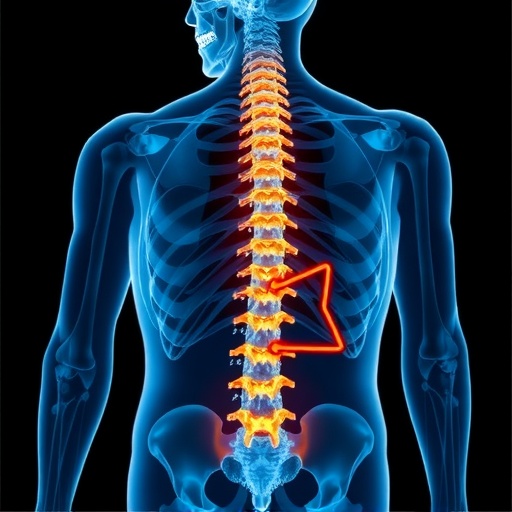Wines and beers labelled as lower in alcohol strength may increase the total amount of alcoholic drink consumed, according to a study published in the journal Health Psychology. The study was carried out by the Behaviour and Health Research Unit at the University of Cambridge in collaboration with the Centre for Addictive Behaviours Research at London South Bank University.
Alcohol is the fifth leading cause of disease and premature death both in the UK and globally. Reducing consumption of alcohol is a public health priority in many countries. In the UK, as part of a range of steps to reduce overall alcohol consumption, policymakers are currently interested in allowing industry to label a wider range of alcohol products as lower in alcohol.
Proposed legislative changes include extending the variety of terms that could be used to denote lower alcohol content, and extending the strength limit to include products lower than the current average on the market (12.9% ABV for wine and 4.2% ABV for beer*).
"For lower strength alcohol products to reduce consumption, consumers will need to select them in place of equal volumes of higher strength products," says Dr Milica Vasiljevic from the University of Cambridge. "But what if the lower strength products enable people to feel they can consume more?"
In this study, two-hundred and sixty-four weekly wine and beer drinkers – sampled from a representative panel of the general population of England – were randomised to one of three groups to taste test drinks in a laboratory designed to mimic a bar environment. The drinks varied only in the label displayed. In one group participants taste-tested drinks labelled 'Super Low' and '4%ABV' for wine or '1%ABV' for beer. In another group the drinks were labelled 'Low' and '8%ABV' for wine or '3%ABV' for beer. In the final group participants taste-tested drinks labelled with no verbal descriptors of strength, but displaying the average strength on the market – wine ('12.9%ABV') or beer ('4.2%ABV').
The results showed the total amount of drink consumed increased as the label on the drink denoted successively lower alcohol strength. The mean consumption of drinks labelled 'Super Low' was 214ml, compared with 177ml for regular (unlabelled) drinks. Individual differences in drinking patterns and socio-demographic indicators did not affect these results.
"Labelling lower strength alcohol may sound like a good idea if it encourages people to switch drinks, but our study suggests it may paradoxically encourage people to drink more," says Professor Theresa Marteau, senior author and Director of the Behaviour and Health Research Unit.
While this study shows that people may drink more if drinks are labelled as lower in strength, the researchers do not yet know if this effect is sufficient to result in the consumption of more units of alcohol overall from lower strength alcohol drinks. Furthermore, participants in this study were tested in a bar-laboratory setting. To learn more about the impact of lower strength alcohol labelling, research in real-world settings is needed.
The study was funded by the Department of Health.
###
*ABV denotes alcohol by volume, the standard measure of how much alcohol is contained in a given volume of an alcoholic drink.
Reference
Vasiljevic M, Couturier DL, Frings D, Moss AC, Albery IP, Marteau TM. 'Impact of lower strength alcohol labeling on consumption: A randomized controlled trial'. Health Psychology. DOI: 10.1037/hea0000622
Researcher profile: Dr Milica Vasiljevic
On the face of it, e-cigarettes and low alcohol seem to be a step in the right direction towards reducing the health impacts of smoking and drinking. But are things really so clear cut? This is one of the questions that social psychologist Dr Milica Vasiljevic is asking.
Vasiljevic investigates the impact that environmental cues have on health behaviours, and how this knowledge can be translated into effective interventions to change our behaviour to improve health and reduce inequalities. "The bulk of my work to date has looked at how cues such as labelling and advertising encourage people to eat unhealthily, drink alcohol, and/or smoke tobacco," she says.
Her work is of particular interest to policymakers and has informed national and international policies. "My recent work on the impact of e-cigarette adverts on perceived harm of tobacco smoking amongst children has been discussed at the US Food & Drug Administration, the German Bundestag, and the UK House of Lords in relation to legislative changes surrounding the marketing of e-cigarettes," she explains.
Similarly, her work on lower strength alcohol labelling is currently used by the Department of Health to inform legislative changes to national alcohol labelling rules in England, which are due to come into force after 2018.
The Behaviour and Health Research Unit, where she works, is a multidisciplinary policy research unit including psychologists, economists, medics, sociologists, social scientists, and statisticians.
"This diverse mix is very enriching, and on many occasions has spurred creative solutions to research problems that we have been grappling with. But, most importantly, being in such close contact with stellar researchers with diverse training backgrounds is fun and inspirational; and has helped me develop my research skills and communication style."
Vasiljevic is a keen communicator, as is appropriate for someone whose work has relevance to all of our lives. "The most interesting days I've had so far are the Cambridge Science Festival days and also the days when I have carried out outreach work in schools," she says. "These events are always lots of fun, and are an excellent opportunity for children and adults from the local communities to get involved in our research, learn more about what we do, and of course help us shape some of our future studies."
Media Contact
Craig Brierley
44-122-376-6205
@Cambridge_Uni
http://www.cam.ac.uk
http://dx.doi.org/10.1037/hea0000622




